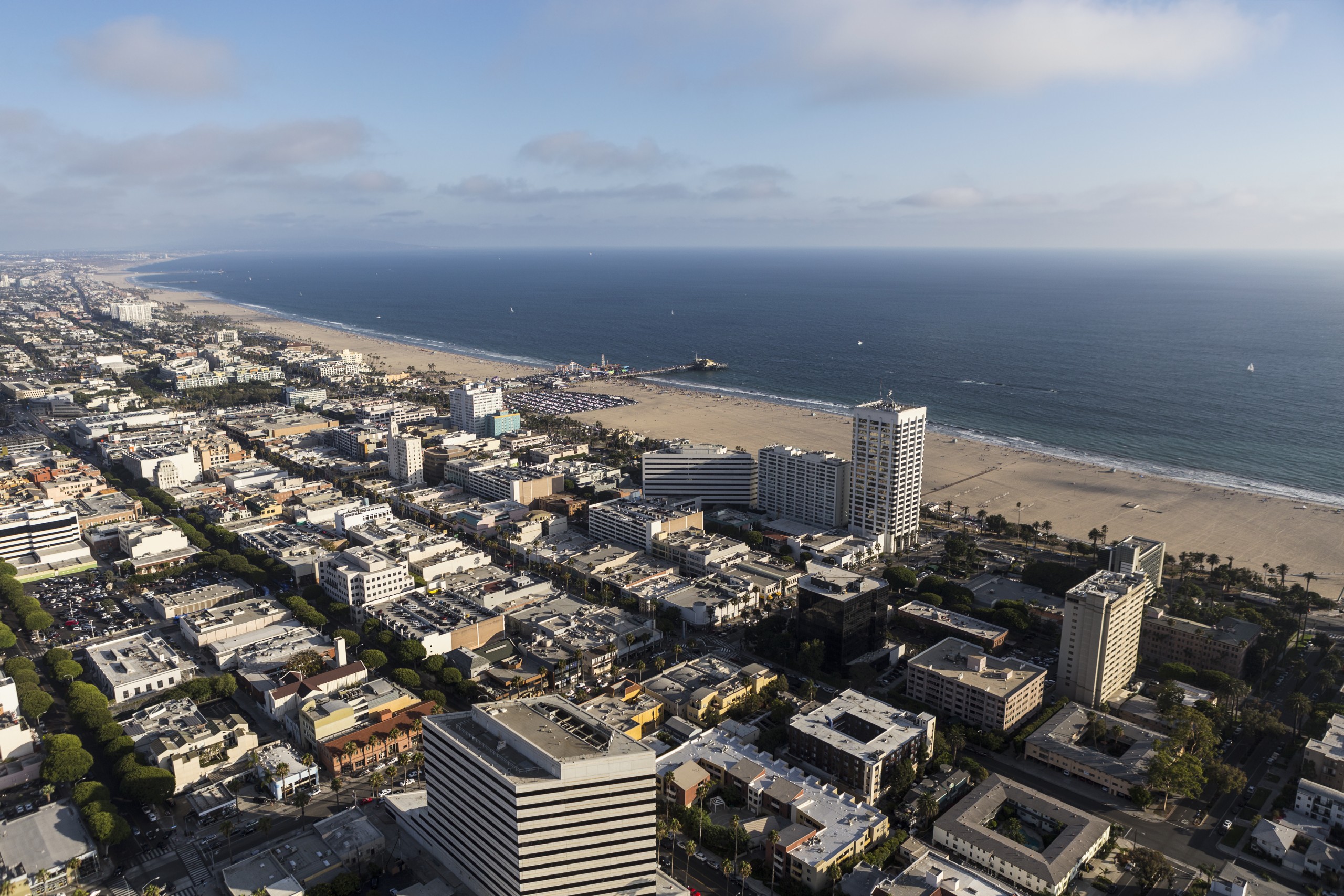If there was one big reason why “paycheck protection,” on Tuesday’s ballot as Proposition 32, failed for the third time in the last 16 years, it was this: The concept by itself is simply unfair.
Like its predecessors in 1996 and 2005, Proposition 32 aimed to deprive labor unions of their voice in California politics while not touching corporations or the billionaire political class that has become increasingly active in recent years.
This time around, paycheck protection tried to hide behind a bit of a fig leaf, but it just didn’t work. Even the television commercials aired by the extremely well funded “yes” campaign had holes in them wide enough to drive several trucks through, holes obvious to anyone paying the slightest attention.
The fig leaf was this: Rather than just banning unions from using member dues for political purposes unless members sign off for it every year, as both previous paycheck protection bills tried to do, this one also included a provision banning direct contributions from both unions and corporations to political candidates.
So there was the surface appearance of even-handedness. But reality is that most corporate and individual donations don’t go to candidates anymore, anyhow. Especially since the 2010 Citizens United decision of the U.S. Supreme Court – the one letting corporations spend unlimited amounts on politics – most corporate campaign money has gone to so-called “independent expenditure committees.” These are nominally beyond the control of candidates, even though many prominent ones in the last few years have been headed by immediate past aides of the politicians those so-called “Super PACs” support.
The intent, then, was to deprive labor unions of much of their political capital while letting corporations and the ultra-rich keep pouring as much cash as they like into their own causes and candidates.
The primary funding for the measure came from billionaires, who also give large sums to Super PACs because state and federal laws limit direct donations from individuals to candidates.
One way to equalize this would be to put corporate shareholders – even those who own stock indirectly through mutual funds or pension funds – on an equal footing with union members. Let both classes of citizen (yes, some people fall into both classes) have the power to withhold their money from political uses. If union members get the power to restrict use of their dues, shareholders should be able to say no to political spending by companies in which they invest, in proportion to the shares they own.
So far, no one has attempted an evenhanded initiative like this, one with the potential to dramatically reduce political spending on all sides.
Proposition 32 backers, including the state Chamber of Commerce, clearly knew this idea has great public appeal; hence the design of the fig leaf they deployed this time.
But plenty of others saw through it instantly. And the many TV commercials for 32 that were funded by the likes of the Kansas oil-baron Koch brothers, producer Jerry Perenchio, billionaire heir and physicist Charles Munger Jr. and venture capitalist Tim Draper were almost laughably amateurish.
“No loopholes, no exceptions,” one ad blared, over and over and over. But the loopholes were obvious to anyone who looked beyond the mere text of the commercials. There was plenty of room for corporations and the extremely wealthy to keep donating as and where they like. Even labor unions could easily have found loopholes via tactics like creating social action committees to spend the union dues money that now goes to politics. Those committees could put out cause-oriented advertisements that just might happen to favor causes and candidates favored by Big Labor.
This was a classic case of the sort of lawmaking ineptitude and prevarication that gives ammunition to critics of the initiative movement, folks who say there are always flaws and loopholes.
But this putative measure lost, like about 83 percent of all initiatives historically do. Which means the voters aren’t as dumb as some in politics think and the initiative process worked just fine, as it generally does. They saw through this one despite the blizzard of ads for it, and the only group that will ever profit from it all is political consultants, who often get a percentage of every advertising dollar their clients spend.













